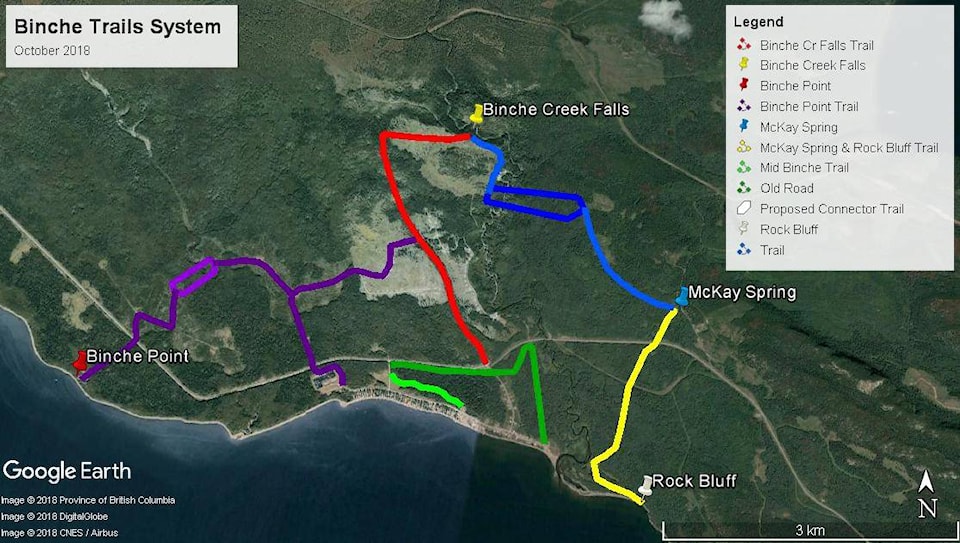Binche Whut’en has officially separated from Tl’azt’en Nation.
On March 12, 2019, Crown-Indigenous Relations and Northern Affairs constituted Binche Whut’en as a band. On April 2, 2019, there was release and acknowledgement of Tl’azt’en Nation and Binche Whut’en.
Joshua Hallman, interim Chief of Binche Whut’en said, it took them eight years to get here, but it’s finally over.
“It’s exciting. We are relieved that it is over, and we get to move forward now. We can close one book and open another,” he said.
READ MORE: Binche finalizes separation from Tl’azt’en
Hallman said the assets have already been divided between Tlazt’en and Binche under the Terms of Division. He said this document is not available to the public yet, but will be soon.
“The biggest item for us was dividing the reserve land. Binche is approximately getting 10 reserves,” he said.
Binche has a population of 124 people who are registered as of now, Hallman said. But they have more people who are interested in moving to the community but missed the first deadline.
“We are also opening up the door for other members from other bands to transfer too,” he added.
In an April 3 release from Binche Whut’en, the band wrote that as a local government they are working towards self-sustainable community by investing in diverse economy, creating jobs and improving social support services infrastructure.
The release also stated that Binche members have always disagreed with the forced amalgamation of Tache, Binche, Portage (Yekooche), Grand Rapids & Middle River into one band.
“In 1959, without consent from the Dakelh people, the Department of Indian Affairs merged the communities of Tache, Binche, Portage (Yekooche), Grand Rapids & Middle River into one Band named Stuart-Trembleur Band. In 1987 the Stuart-Trembleur Band changed their name to Tl’azt’en nation,” as per the release.
Binche and Tl’azt’en are each separate Indigenous people with their own traditional territories, stated the release.
“Binche and Tl’azt’en wished to undo the historical error of the amalgamation and give the legal recognition of the distinctiveness of T’lazt’en and Binche,” as per the release.
So as of Feb 28, 2011, a unanimous motion was approved by Binche Band members that the community separate from Tl’azt’en Nation. By March 2011, Tl’azt’en Nation chief and council signed a Band council resolution to enter into an agreement that would lead to Binche being an independent nation. Following which on April 5, 2011, Tl’azt’en members approved the separation at a Band members meeting.
On Aug 15, 2018 both communities voted for independence.
“Independence will allow our communities to work with our membership to devote a system that honors our own strengths. We will be able to more accurately gauge the gaps in services and develop appropriate response to issues and utilize our strength to address these issues. It’s about freedom, freeing our next generation to owning a free direction of free choice, freeing our culture and traditional governance as it was prior to the Indian Act,” stated the release.
Meanwhile, Tla’zt’en Nation Chief Beverly John was unavailable for comment before press time.
Aman Parhar
Editor, Vanderhoof Omineca Express
aman.parhar@ominecaexpress.com
Like us on Facebook and follow us on Twitter
